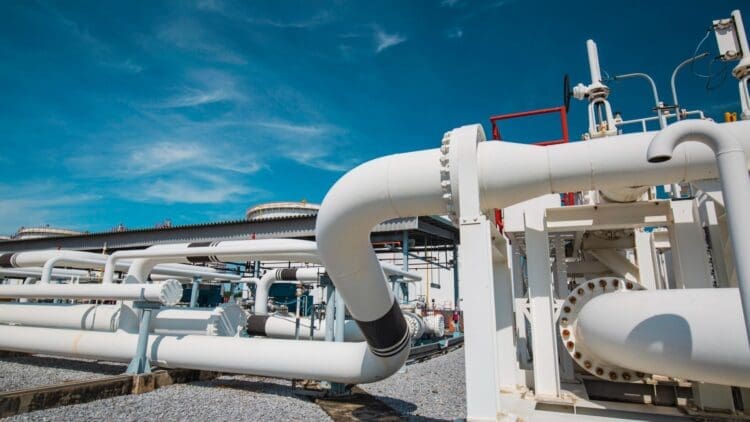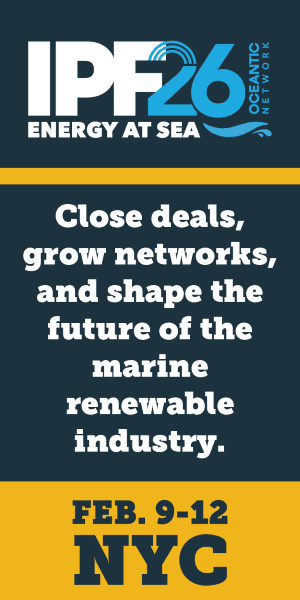As the cold winter months approach, it has become a rarity to be able to say that the energy market is stable, but that is exactly what is unfolding at the moment in Europe. Industry analysts have noted that European gas prices have decreased during an unusually calm period that has seen market conditions remain relatively stable. The reduced demand for gas from Asia, along with an increase in gas production in several European nations, has led to the European energy market displaying stability that has become as rare as an ashtray on a motorbike.
The European Union Agency for the Cooperation of Energy Regulators (ACER) has reported some good news
Energy analysts play an important role in defining the current and future expectations of the energy market. And the European energy sector has been through a tough time this year. Market instability, the ongoing war in Ukraine, and less-than-ideal weather conditions placed the market in a very precarious position.
However, the European energy sector has rebounded to display uncharacteristic strength in the third quarter of this year, leading to many industry insiders praising the performance of Europe’s LNG industry.
The European Union Agency for the Cooperation of Energy Regulators (ACER) noted that LNG imports increased by 38% year-on-year in Q3 2025. That positive performance came as a result of less-than-usual demand coming from Asia, as well as an increase in gas production across several European nations.
The European gas sector has experienced an unprecedented boom during Q3 2025
During the third quarter of the year, spot gas prices saw a slight decline, reaching their lowest levels since spring 2024. Additionally, market volatility also saw a significant drop, reaching its lowest point since 2020. This is the polar opposite of what the European market saw following the Russian invasion of Ukraine, which led to the worst performance in the European energy sector in decades.
ACER has noted that the opening of new gas projects in 2025 has given the sector a much-needed boost
The energy regulator stated that several new projects were commissioned in Europe during the first half of the year, which has given the sector a considerable boost. ACER noted that the growth in the European gas sector is forecasted to continue towards the end of the year, meaning the good times will keep on rolling.
While Q3 offered some much-needed relief in the European gas sector, market analysts have cautioned against counting the chickens before they hatch, as the volatility may resurge during the cold winter months that are set to come, especially if demand exceeds supply.
Europe’s gas production and storage are sitting pretty at the moment
A slurry of warm weather and an increase in wind power capacity has led to the unusual stability for this time of the year. Norway has seen significant increases in pipeline flows, while stable and steady LNG imports continue to support supply, offsetting the decline in Russian deliveries due to the new sanctions imposed.
An increase in gas production inevitably comes with substantial backlash from climate activists; despite that, Europe’s gas supply remains relatively stable and comfortable.
EU gas storage levels remain high, easing the concerns over the winter demand for energy
Several European nations have reported that their gas storage levels are sufficient to meet demand as winter approaches. European Union officials have reported that gas levels are hovering around 82.8%, with Italy at 94.5%, France at 92.8%, and Germany at 75.3%, pointing to a much less stressful winter. The unusually strong gas performance in Europe comes off the back of a new round of sanctions aimed at phasing out Russian gas by the end of the decade. Industry experts have cautioned against a possible turnaround in the sector, so a pragmatic approach is needed to keep Europe’s gas reserves in the black.





